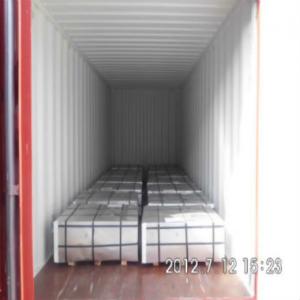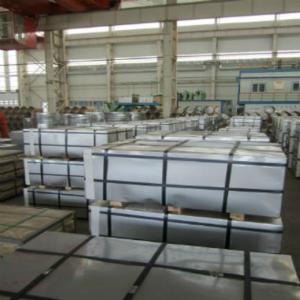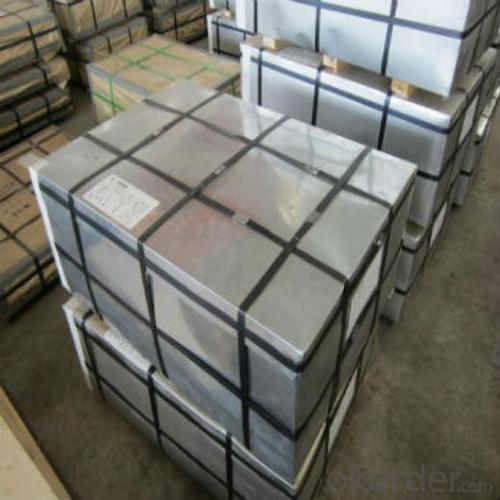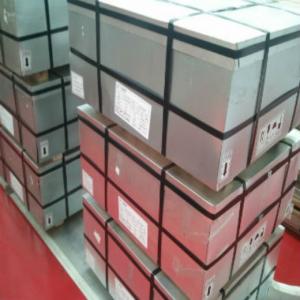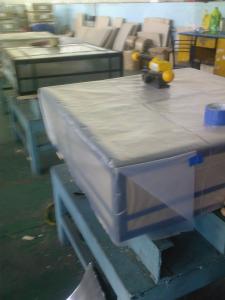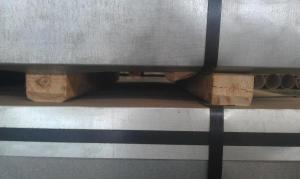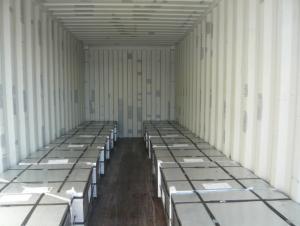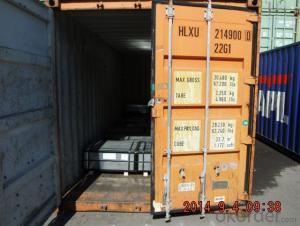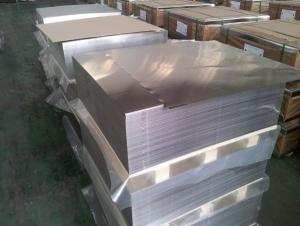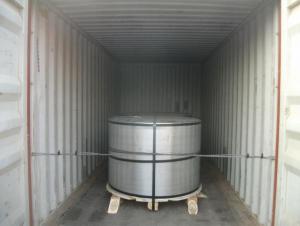Tinplate For Seafood Can-CHBB
- Loading Port:
- China Main Port
- Payment Terms:
- TT or L/C
- Min Order Qty:
- 20 Tons~ 25 Tons m.t.
- Supply Capability:
- 40000 MT Per Month m.t./month
OKorder Service Pledge
OKorder Financial Service
You Might Also Like
General information of Tinplate For Seafood Can
|
Steel Type |
MR |
|
Temper (BA&CA) |
T1~T5, DR8 |
|
Coating |
2.8~8.4g/m2 |
|
Thickness & Tolerance |
0.15~0.5mm (Tolerance:±0.01mm) |
|
Width & Tolerance |
600~1000 mm(Tolerance: +2/-0mm) |
|
I.D |
508 MM |
|
Coil Weight |
3~10 MT |
|
Passivation |
311 |
|
Oiling |
DOS |
|
Surface Finish |
Bright ,Stone ,Silver ,Matte |
|
Min Order |
25 Tons for 1 20 feet FCL |
|
Package |
Seaworthy Export Standard Wooden Pallet |
|
Standard Available |
GB/T2520-2000, JIS G3303, ASTM A623, BS EN10202 |
|
Lead Time |
35 days after receiving buyer's original L/C or Prepayment |
|
Special specifications are available on customers' requirements. | |
Technical data of Tinplate For Seafood Can
|
Chemical Composition(%) |
Mechanical Property |
|
C:0.02~0.05 |
Yield Strength: (Mpa):280~320 |
|
Si:0.01~0.03 |
TensileStrength: (Mpa):340~390 |
|
Mn:0.18~0.22 |
Elongation:20%~30% |
|
P:0.014~0.016 |
------------- |
|
S:0.006~0.009 |
Application of Tinplate For Seafood Can
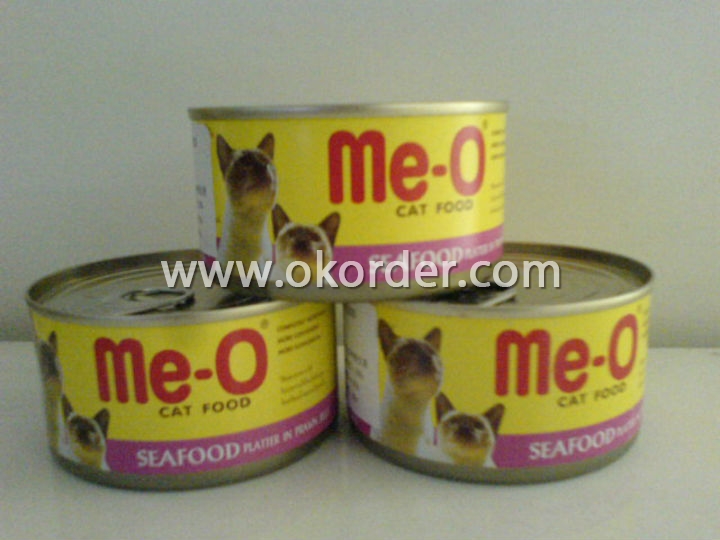
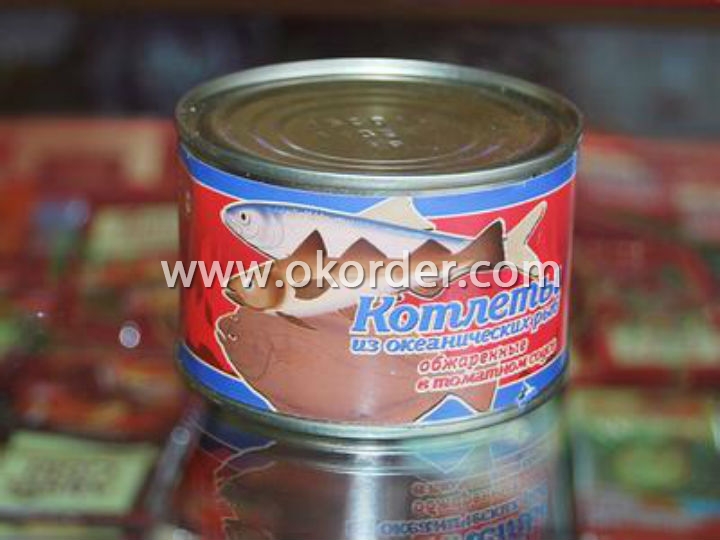
Tinplate is widely used for making all types of containers such as artistic cans, tea cans, painting cans,
chemical package cans and metal printing etc. Its applications are not limited to containers; recently,
tinplate has also been used for making electrical machinery parts and many other products.
Equipment and Facility of Tinplate
Tin Coating Line of Tinplate
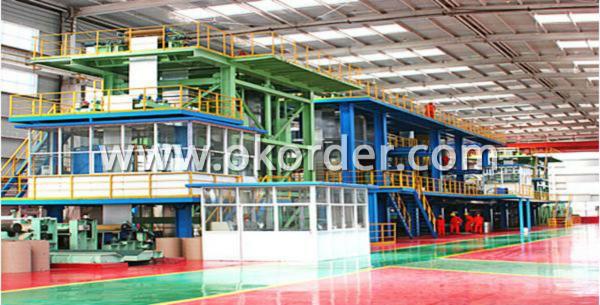
Cold Rolling Mill Batch Annealing Furnaces
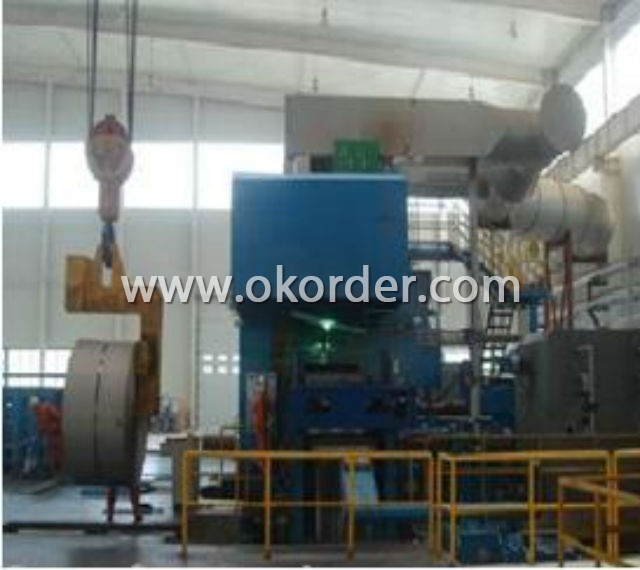
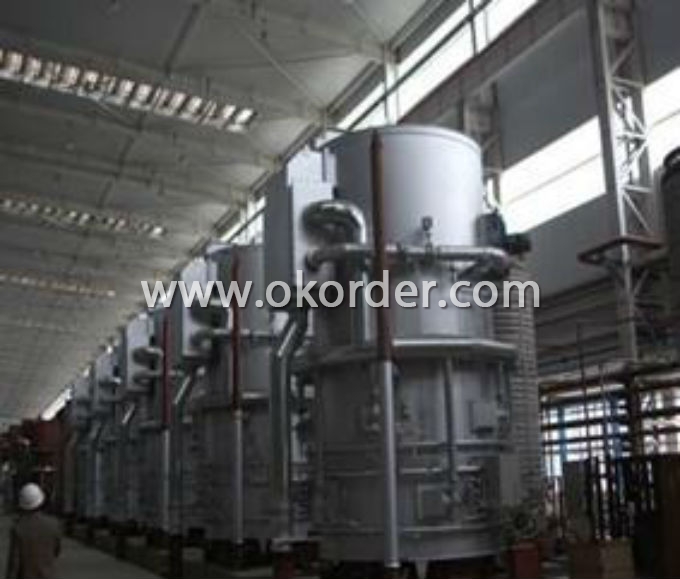
Cutting Line Stock Area
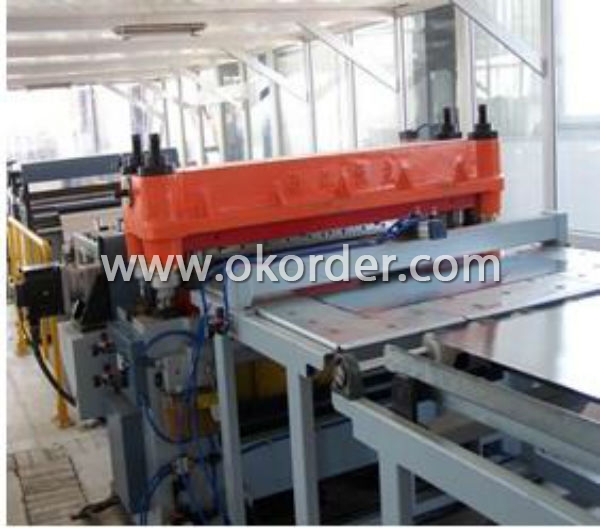
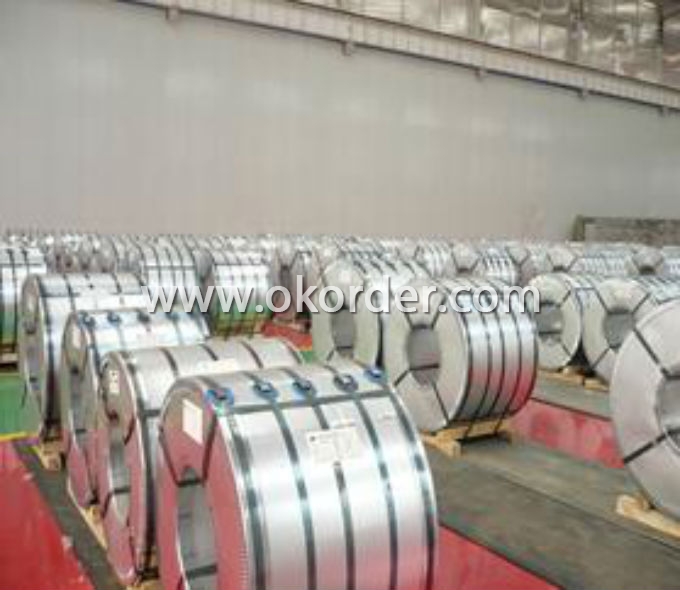
Quantity Control System of Tinplate

- Q: How does tinplate packaging handle exposure to moisture?
- Tinplate packaging is highly resistant to moisture as it is coated with tin, which creates a barrier and prevents the metal from coming into contact with water. This protective layer ensures that the packaging remains intact and prevents any corrosion or damage from moisture exposure.
- Q: What are the main differences between tinplate and tinplate laminates in terms of design flexibility?
- Tinplate offers limited design flexibility as it is a single-layer material, while tinplate laminates provide greater design flexibility due to their multi-layer structure, allowing for the incorporation of different materials and finishes to achieve a wider range of design options.
- Q: What are the quality control measures for tinplate production?
- Quality control measures for tinplate production typically involve several steps to ensure the production of high-quality tinplate. These measures may include thorough inspection of raw materials, such as tin-coated steel coils, to ensure they meet the required specifications. During the manufacturing process, regular testing and monitoring of various parameters like coating thickness, adhesion, surface finish, and tinplate dimensions are conducted. Additionally, visual inspections are performed to identify any defects or imperfections. Furthermore, samples are taken at different stages of production for laboratory testing, which may include corrosion resistance, mechanical properties, and chemical composition analysis. These measures help maintain consistent quality and ensure that the tinplate meets the necessary standards for its intended applications.
- Q: What kind of metal material is tinplate? How much is the current price per ton?
- Tinplate originated in Bohemia (now Czech and Slovakia). The land has been rich in metal technology since ancient times, and know how to use water power in the manufacture of machinery, from fourteenth Century onwards began to produce tinplate. For a long, long time, it has been the main source of tinplate in the world. Tin was mainly used for making tableware and drinking utensils.
- Q: What are the advantages of using tinplate for electrical enclosures?
- There are several advantages to using tinplate for electrical enclosures. Firstly, tinplate is highly resistant to corrosion, which helps protect the sensitive electrical components inside the enclosure from moisture and other environmental factors. Secondly, tinplate offers excellent electrical conductivity, ensuring efficient flow of electricity and minimizing any potential interference or loss. Additionally, tinplate is a lightweight material, making it easier to handle and install. Lastly, tinplate is also recyclable, making it an eco-friendly choice for electrical enclosures.
- Q: What are the main differences between tinplate and tinplate laminates in terms of barrier properties?
- Tinplate and tinplate laminates differ in terms of their barrier properties. Tinplate, which is made of a single layer of tin-coated steel, offers good barrier properties against moisture and gases. It provides a reliable protective barrier for food and beverage packaging. On the other hand, tinplate laminates consist of tinplate combined with other materials, such as plastic or paper. These laminates can enhance the barrier properties of tinplate, offering additional protection against light, oxygen, and other external factors. The use of laminates allows for customized packaging solutions that cater to specific product requirements. Overall, tinplate laminates provide a higher level of barrier protection compared to plain tinplate.
- Q: Can tinplate be used for cooking utensils?
- No, tinplate is not suitable for cooking utensils as it can contaminate food with harmful substances.
- Q: How does tinplate perform in high humidity environments?
- Tinplate performs well in high humidity environments due to its excellent corrosion resistance properties. The tin coating on the steel substrate acts as a protective barrier, preventing moisture from reaching the metal surface and causing rust or corrosion. This makes tinplate a reliable and durable packaging material, especially for food and beverage products, in humid conditions.
- Q: What are the main challenges in the recycling of tinplate?
- Some of the main challenges in the recycling of tinplate include the separation of tin and steel components, as well as the removal of any contaminants or coatings on the surface of the tinplate. The varying thickness and composition of tinplate can also pose challenges during the recycling process. Additionally, ensuring the collection and proper disposal of tinplate waste from various sources can be a logistical challenge.
- Q: The composition of tinplate?
- Tinplate is a tin covered with tin, it is not easy to rust, also known as tin iron. This kind of galvanized steel in a long time Chinese called "tin", some people think that the tin plate cans was made from the Guangdong province of Macao (English Macao for tinplate imports, readable) so called "tin".
1. Manufacturer Overview
| Location | Hebei,China |
| Year Established | 2009 |
| Annual Output Value | US$2.5 Million - US$5 Million |
| Main Markets | North America South America Eastern Europe Southeast Asia Africa Mid East Eastern Asia Western Europe Central America Northern Europe Southern Europe Domestic Market |
| Company Certifications | ISO9001:2000 |
2. Manufacturer Certificates
| a) Certification Name | |
| Range | |
| Reference | |
| Validity Period |
3. Manufacturer Capability
| a) Trade Capacity | |
| Nearest Port | TIANJIN |
| Export Percentage | 11% - 20% |
| No.of Employees in Trade Department | 6-10 People |
| Language Spoken: | English, Chinese |
| b) Factory Information | |
| Factory Size: | Above 100,000 square meters |
| No. of Production Lines | Above 10 |
| Contract Manufacturing | |
| Product Price Range | Average |
Send your message to us
Tinplate For Seafood Can-CHBB
- Loading Port:
- China Main Port
- Payment Terms:
- TT or L/C
- Min Order Qty:
- 20 Tons~ 25 Tons m.t.
- Supply Capability:
- 40000 MT Per Month m.t./month
OKorder Service Pledge
OKorder Financial Service
Similar products
Hot products
Hot Searches
Related keywords

